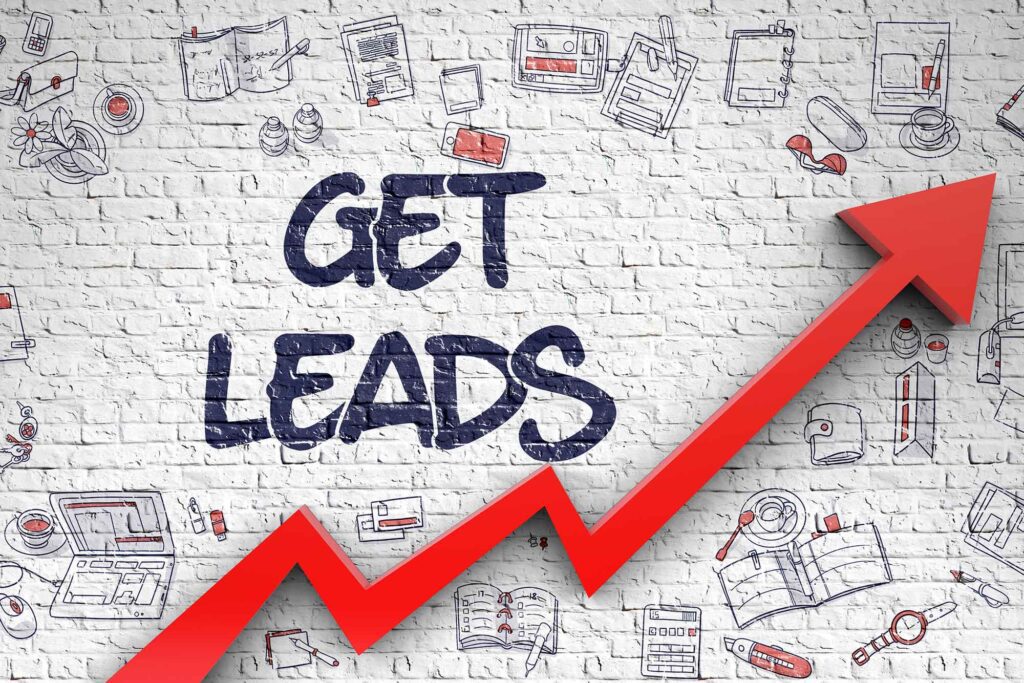
In today’s competitive world of marketing, demand generation campaigns stand as pivotal strategies for businesses aiming to attract, engage, and convert potential customers. Whether you’re launching a new product, expanding your market reach, or reinvigorating your brand presence, a well-crafted demand generation campaign can fuel growth and drive measurable results. Let’s delve into the key elements that make up a successful demand generation campaign.
- Clear Objectives and Goals: Every demand generation campaign should begin with clearly defined objectives and goals. Are you aiming to increase brand awareness, generate leads, drive website traffic, or boost sales? Establishing specific, measurable, achievable, relevant, and time-bound (SMART) goals will provide a clear roadmap for your campaign’s success.
- Target Audience Segmentation: Understanding your target audience is essential for crafting personalized and relevant messaging. Segment your audience based on demographics, psychographics, behaviors, and preferences to tailor your campaign content and delivery channels to resonate with each segment effectively.
- Compelling Offer or Value Proposition: To capture the attention of your target audience, your campaign must offer something of value. Whether it’s a free trial, exclusive discount, valuable content, or unique solution to a pain point, your offer should be compelling enough to entice prospects to engage with your brand.
- Multi-channel Approach: Embrace a multi-channel approach to reach your audience wherever they are in their buyer’s journey. Utilize a combination of digital channels such as email marketing, social media, search engine optimization (SEO), content marketing, paid advertising, and offline channels like events and direct mail to maximize your campaign’s reach and impact.
- Content Strategy: Content lies at the heart of any successful demand generation campaign. Develop a content strategy that aligns with your campaign goals and resonates with your target audience. Create engaging and informative content in various formats such as blog posts, videos, infographics, case studies, webinars, and eBooks to educate, inspire, and drive action.
- Lead Generation Tactics: Generate leads by implementing effective lead generation tactics throughout your campaign. This may include gated content offers, lead magnets, interactive quizzes or assessments, email sign-ups, demo requests, and other conversion opportunities strategically placed across your marketing channels.
- Marketing Automation and Personalization: Leverage marketing automation tools to streamline campaign execution, nurture leads, and deliver personalized experiences at scale. Use data-driven insights to segment your audience, automate email workflows, trigger personalized messaging based on user behavior, and optimize campaign performance over time.
- Measurement and Analytics: Track, measure, and analyze key performance indicators (KPIs) to evaluate the effectiveness of your demand generation campaign. Monitor metrics such as website traffic, engagement rates, lead generation, conversion rates, return on investment (ROI), and customer acquisition cost (CAC) to identify areas for improvement and optimize future campaigns.
In conclusion, a successful demand generation campaign requires careful planning, execution, and optimization across multiple fronts. By setting clear objectives, understanding your audience, delivering compelling content, and leveraging the right mix of channels and tactics, you can create impactful campaigns that drive demand, foster engagement, and ultimately, fuel business growth.


